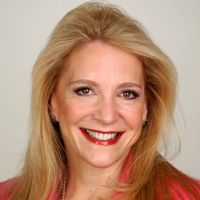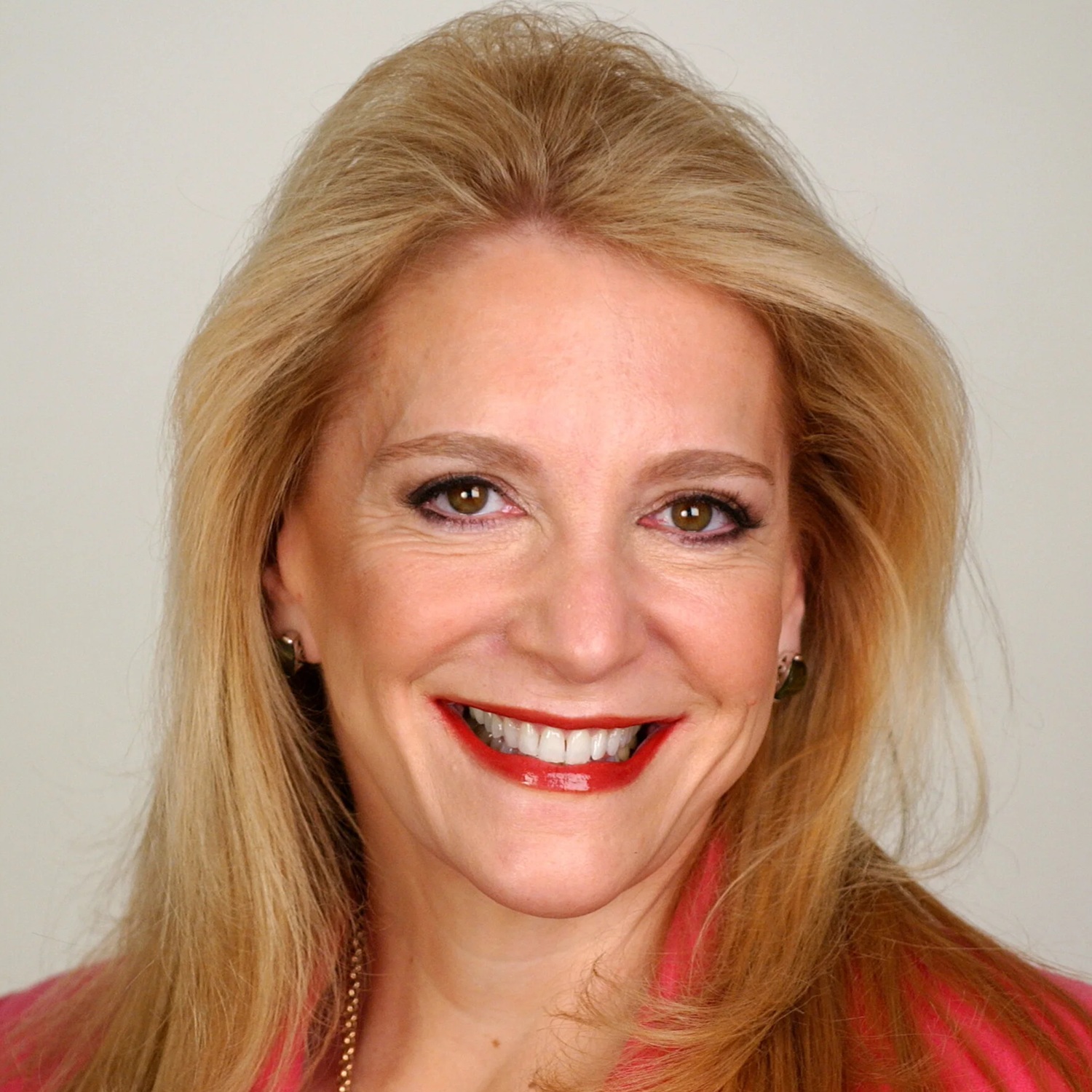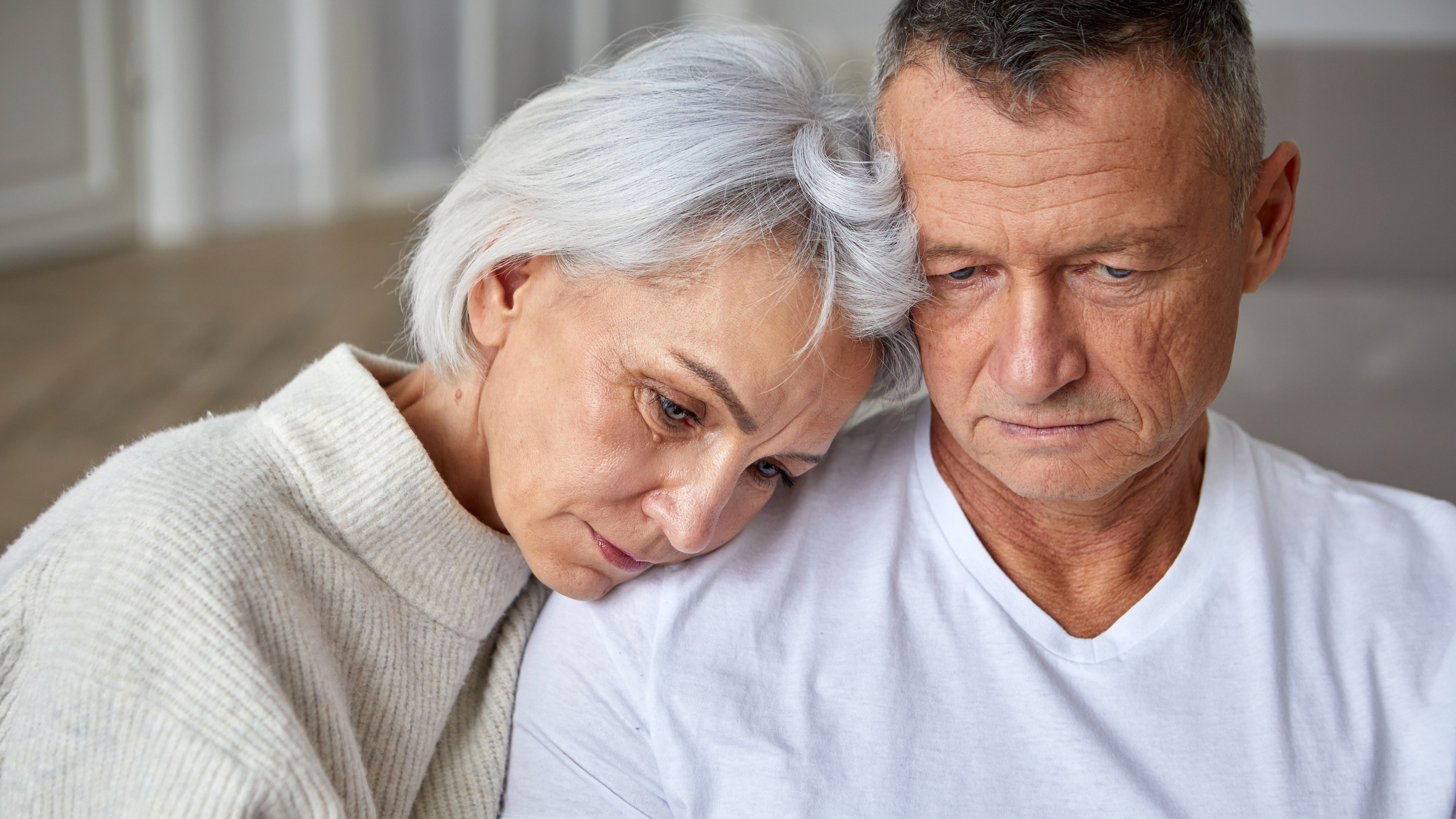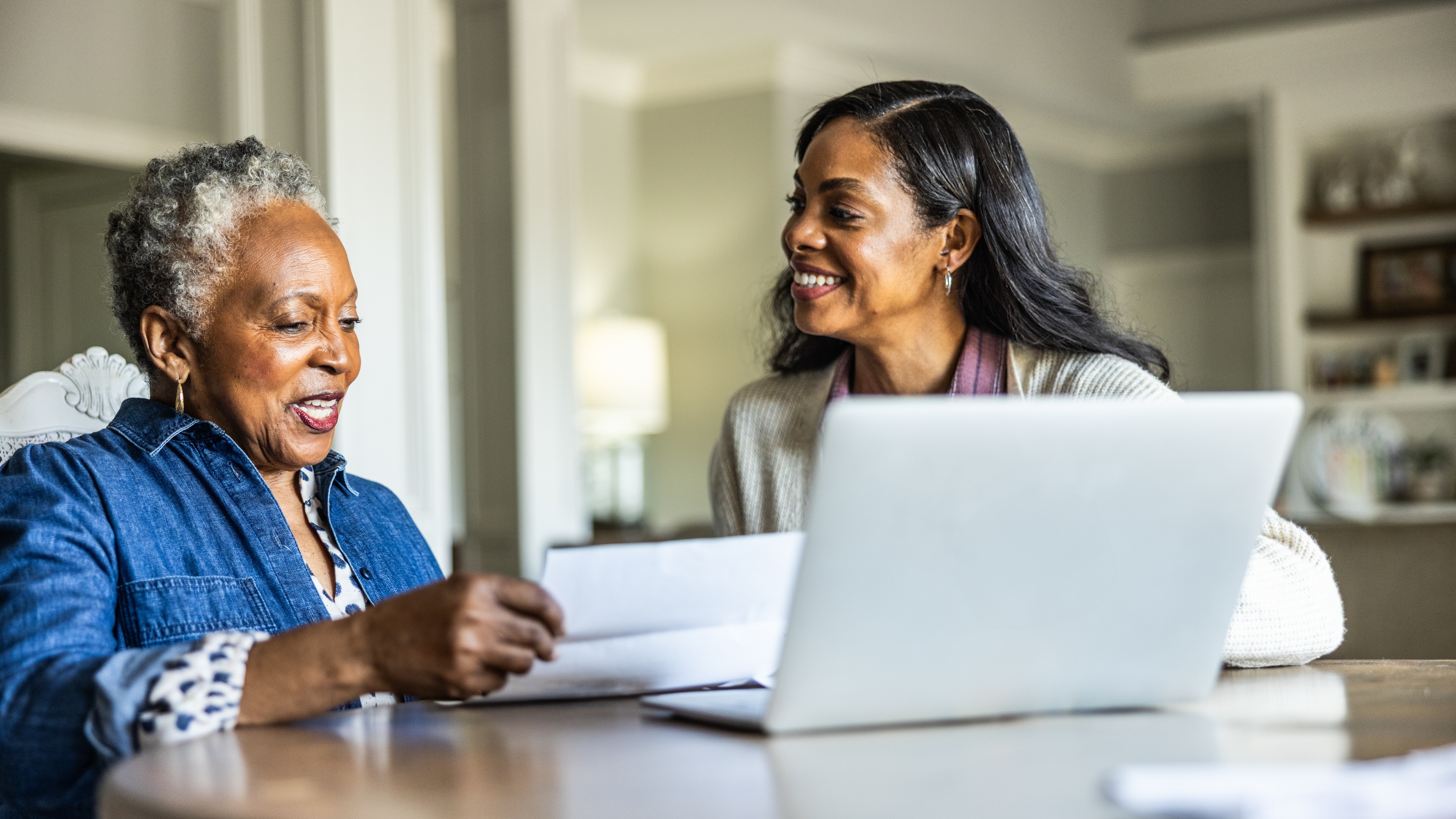The Pandemic Has Worsened the Wealth Gap
White-collar workers, in many cases, didn’t suffer economically during the COVID-19 pandemic, but the same can’t be said for lower-wage service workers. If you’re among those struggling, take heart. Here are some suggestions to help you dig out.


Our country and the world have been grappling with the worst pandemic in 100 years and it has left so many sick, unemployed and devastated by loss. As we pull out of this tragedy, we need to take stock of how people have fared during these times. Not all loss is the same. Some have lost loved ones, and that loss is tragic for everyone. But when we look at financial loss, we have found this has been vastly different for different people.
Can there be a “new normal” when you may have lost a job; or are afraid of losing your home; or your kids have moved back home because they lost their job? How do you budget for this period of your life? What lessons have people learned?
Economic Disparity
The pandemic did not treat all people equally. More Blacks and Latinos were hit harder because of pre-existing conditions and greater economic challenges. As the nation begins to recover, many are still left behind. According to CNBC, “The employment data is worse for minority groups, particularly women of color, than for white workers … and the recovery has been more sluggish for minority groups, too.”
From just $107.88 $24.99 for Kiplinger Personal Finance
Be a smarter, better informed investor.

Sign up for Kiplinger’s Free Newsletters
Profit and prosper with the best of expert advice on investing, taxes, retirement, personal finance and more - straight to your e-mail.
Profit and prosper with the best of expert advice - straight to your e-mail.
The report continued to say that “For white workers, the unemployment rate fell to 5.6% in February, below the national rate. But for Black and Hispanic workers, reported jobless rates were 9.9% and 8.5%, respectively, remaining above the U.S figures as they have been throughout the COVID-19 pandemic.”
What is Wealth?
The wealth gap has been exacerbated during the pandemic. According to The New York Times, “Wealth — one’s total assets — is the most meaningful measure of financial strength. Yet for every dollar a typical white household has, a Black one has 12 cents, a divide that has grown over the last half-century. Latinos have 21 cents for every dollar in white wealth.”
As the in-person, brick-and-mortar part of our economy was devastated, the people who held white-collar jobs could pivot to Zoom and were not significantly hurt economically. In fact, they had great gains as the stock market soared. As a survey of consumer finances conducted by the Federal Reserve and reported by The New York Times, indicated; “In 2019, the 1% of American wealth controlled about 38% of the value of financial account holding stocks. Widen the focus to include the top 10%, and you’ve found 84% of all of Wall Street portfolios’ value.”
Impact of the Pandemic
A recent study out of Harvard, Opportunity Insights, showed that as COVID spread, “High-income households sharply reduced their spending, primarily on services that require(d) in-person interactions.” And, “As these businesses lost revenue, they laid off their employees, particularly low-income workers. Nearly 50% of low-wage workers working in the highest-rent ZIP codes lost their jobs…”
It is not just low-income workers who are experiencing hardship. The middle class had been feeling the economic squeeze before the pandemic. The Economic Hardship Reporting Project reported in 2018, that “middle-class life is now 30% more expensive than it was 20 years ago; in fact, in some cases the cost of daily life over the last 20 years has doubled.” The pandemic has hurt these people even more. But some others have fared better.
TheBalance.com conducted a survey of people who were affected by the pandemic and found disparate results based upon respondents. “Thirty percent of Americans say the pandemic has made their financial situation worse, while 30% say it made their financial situation better, signaling a K-shaped recovery that pulls different individuals or groups out of a recession at different rates, times, or magnitudes.”
In fact, as the economy started to shut down, the wealthy and those who were still earning an income curtailed spending and started to save their money. The U.S. personal savings rate (the percentage each month after taxes and spending) has been skyrocketing. It hit over 32% in April while consumer spending fell over 12%. It’s not unusual to see savings go up when there is a decline in economic activity, and the reverse will happen as we open up. But if you have been laid off you are holding on by your fingernails to cover bills and are not saving.
Lessons Learned
Before the pandemic, the Federal Reserve’s Report on the Economic Well-Being of U.S. Households in 2018, found that 61% of people had to borrow to just cover a $400 emergency. The pandemic was a wake-up call for some people.
I spoke with Lauren Silbert, VP and General Manager, TheBalance.com about their survey. Silbert told me that the survey showed that the pandemic jump-started many people to look at their finances. In fact, she said, “More than half of Americans said the pandemic made them more aware of how they spend their money, and 41% are being more careful with their money now. A third of people who are now keeping a budget said they started doing so during the pandemic.”
“Exaggerating the wealth gap even further, the lowest wage workers lost nearly 8 million jobs during the pandemic, in stark contrast to the nation’s highest earners, who actually gained jobs during COVID. So many low-income workers lost their jobs in the past year that it inflated wage statistics — there were fewer low-paying jobs to factor into the average,” noted Silbert.
The Way Forward
Even if you have suffered financially in the pandemic, there are things you can consider doing:
- Pay What You Can. Sit down with your partner and do the tough math. Look at what you owe and what your current income is now. Create an “Emergency Budget,” which you hope is temporary. Pay the bills that are most important to save your home; put food on the table and get you the medical care you need.
- Take What You Can Get. Obviously, as the economy opens up, and if you can’t get your old job back, take the job you can get. It may be a step-down, but it will get you an income. You can also look for some part-time or gig work to help pay some bills. You can always keep looking for a better job, and you may even be able to move up in the current job. Some work is better than none.
- Negotiate…Negotiate…Negotiate. Call the credit card companies, student loan providers, auto lenders, utility providers and banks to whom you owe money. First of all, you need to understand the terms of their forbearance and note that this is not forgiveness. Explain your financial situation and see if they will reduce the rates and the amount of the loans. It’s worth a shot. Remember, they would rather negotiate terms than write off the loan.
- Hotel Mom and Dad. If you can terminate your rental agreement, consider moving back home to save money. If you do this, you are not alone. Zillow reported that almost 3 million adults have moved back home in the pandemic. This is the highest number on record.
Things will get better; you need to have faith and do what you can now to weather the storm. The words of Henry Ford seem fitting; “When everything seems to be going against you, remember that the airplane takes off against the wind, not with it.”
Profit and prosper with the best of Kiplinger's advice on investing, taxes, retirement, personal finance and much more. Delivered daily. Enter your email in the box and click Sign Me Up.

Neale Godfrey is a New York Times No. 1 bestselling author of 27 books that empower families (and their kids and grandkids) to take charge of their financial lives. Godfrey started her journey with The Chase Manhattan Bank, joining as one of the first female executives, and later became president of The First Women's Bank and founder of The First Children's Bank. Neale pioneered the topic of "kids and money," which took off after her 13 appearances on The Oprah Winfrey Show.
-
 Stocks Retreat as Bubble Worries Ramp Up: Stock Market Today
Stocks Retreat as Bubble Worries Ramp Up: Stock Market TodayValuation concerns took hold on Wall Street today, sending Palantir and its fellow tech stocks lower.
-
 The Best Mid-Cap ETFs to Buy
The Best Mid-Cap ETFs to BuyThe best mid-cap ETFs to buy offer efficient and diversified exposure to a universe full of highly interesting companies.
-
 Your Estate Plan Isn't 'Done' Until You've Completed These Five Steps, From an Estate Planning Attorney
Your Estate Plan Isn't 'Done' Until You've Completed These Five Steps, From an Estate Planning AttorneyCongratulations on getting your estate plan in order. Now, you need to communicate the relevant details to ensure your plan is effectively carried out.
-
 A Nightmare for Parents: How to Navigate the Legal Boundaries of Tenant Rights During a Family Crisis
A Nightmare for Parents: How to Navigate the Legal Boundaries of Tenant Rights During a Family CrisisThis family's story illustrates how important it is to get help sooner rather than later and highlights the complexities of tenant rights and legal protections.
-
 Eight Steps to Help Get You Through the Open Enrollment Jungle at Work
Eight Steps to Help Get You Through the Open Enrollment Jungle at WorkWondering how to survive open enrollment this year? Arm yourself with these tools to cut through the process and get the best workplace benefits for you.
-
 Seven Moves for High-Net-Worth People to Make Before End of 2025, From a Financial Planner
Seven Moves for High-Net-Worth People to Make Before End of 2025, From a Financial PlannerIt's time to focus on how they can potentially reduce their taxes, align their finances with family goals and build their financial confidence for the new year.
-
 I'm a Financial Planner: These Are the Seven Tiers of Retirement Well-Being
I'm a Financial Planner: These Are the Seven Tiers of Retirement Well-BeingLet's apply Maslow's hierarchy of needs to financial planning to create a guide for ranking financial priorities.
-
 Why More Americans Are Redefining Retirement, Just Like I Did
Why More Americans Are Redefining Retirement, Just Like I DidRetirement readiness requires more than just money. You have a lot of decisions to make about what kind of life you want to live and how to make it happen.
-
 A Compelling Case for Why Property Investing Reigns Supreme, From a Real Estate Investing Pro
A Compelling Case for Why Property Investing Reigns Supreme, From a Real Estate Investing ProInvestment data show real estate's superior risk-adjusted returns and unprecedented tax advantages through strategies like 1031 exchanges and opportunity zones.
-
 Are You Retired? Here's How to Drop the Guilt and Spend Your Nest Egg
Are You Retired? Here's How to Drop the Guilt and Spend Your Nest EggTransitioning from a lifetime of diligent saving to enjoying your wealth in retirement tends to be riddled with guilt, but it doesn't have to be that way.